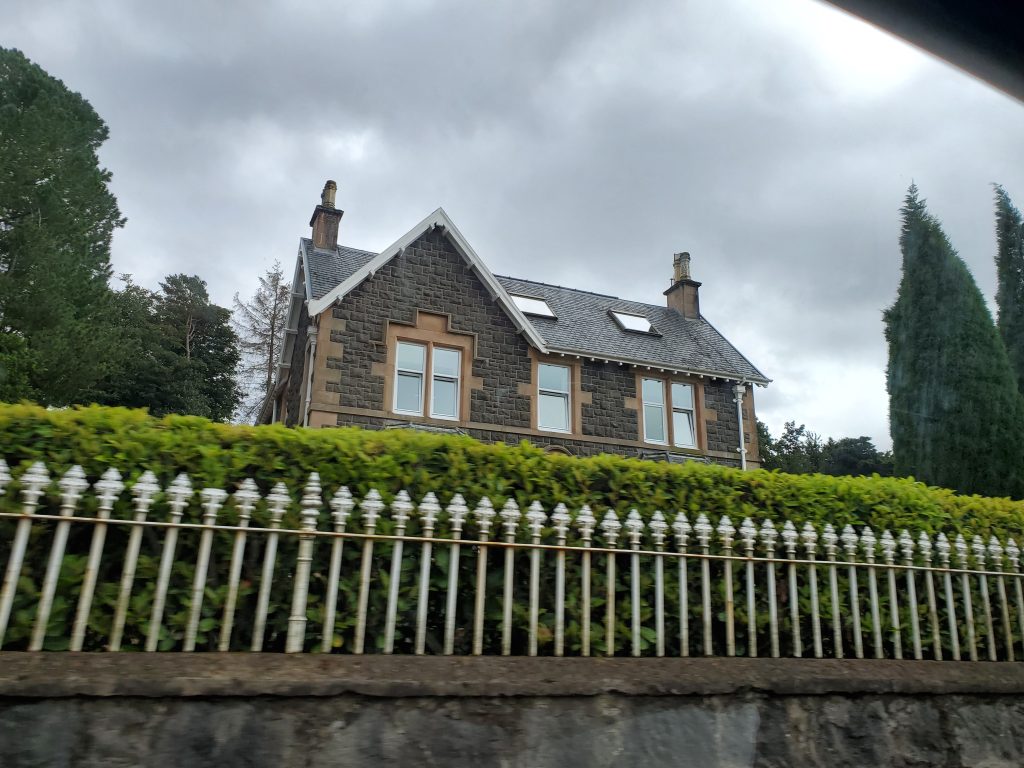
Nestled at the foot of Ben Nevis and along the shores of Loch Linnhe, Fort William stands as one of Scotland’s most iconic towns—where dramatic landscapes meet deep-rooted history. Known today as the “Outdoor Capital of the UK,” Fort William is a magnet for hikers, climbers, and adventurers. But beyond the adrenaline and scenery lies a town shaped by centuries of clan conflict, military strategy, and Highland resilience.
🏞️ A Town Forged in Stone and Strategy
Fort William’s origins trace back to the late 17th century, when the British government built a fort to suppress Jacobite uprisings and assert control over the Highlands. Originally named “Fort Cromwell,” it was later renamed in honor of King William III. The fort itself no longer stands—its remnants lie beneath the town’s modern infrastructure—but its legacy lives on in the town’s name and strategic importance.
The fort was part of a trio of military installations (alongside Fort Augustus and Fort George) designed to control the Great Glen and monitor clan activity. Fort William became a key garrison town, and its presence helped shape the political and cultural landscape of Lochaber.
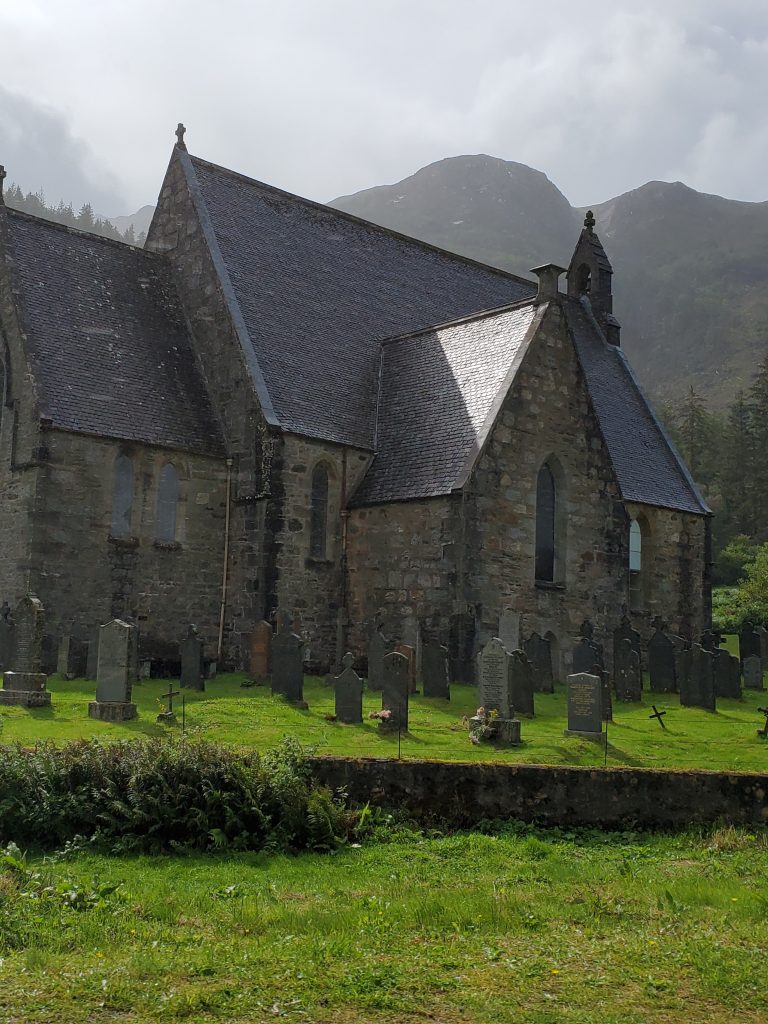
🛡️ Clan Influence: Camerons, MacDonalds, and MacMartins
Fort William sits in the heart of traditional Clan Cameron territory. The Camerons were one of the most powerful clans in Lochaber, known for their fierce loyalty to the Jacobite cause. Their ancestral seat at Achnacarry Castle, just a short drive from town, played a pivotal role during the 1745 Rising and later became the training ground for British Commandos in World War II.
Nearby Glen Coe was home to Clan MacDonald of Glencoe, whose tragic fate in the 1692 massacre remains one of the darkest chapters in Highland history. The MacDonalds were betrayed by government forces after offering hospitality to troops sent to demand their allegiance. The massacre shocked Scotland and deepened clan divisions for generations.
The lesser-known Clan MacMartin, a sept of the Camerons, also held lands near Glen Nevis and contributed to the region’s cultural fabric. Their legacy is preserved in local place names and oral traditions.
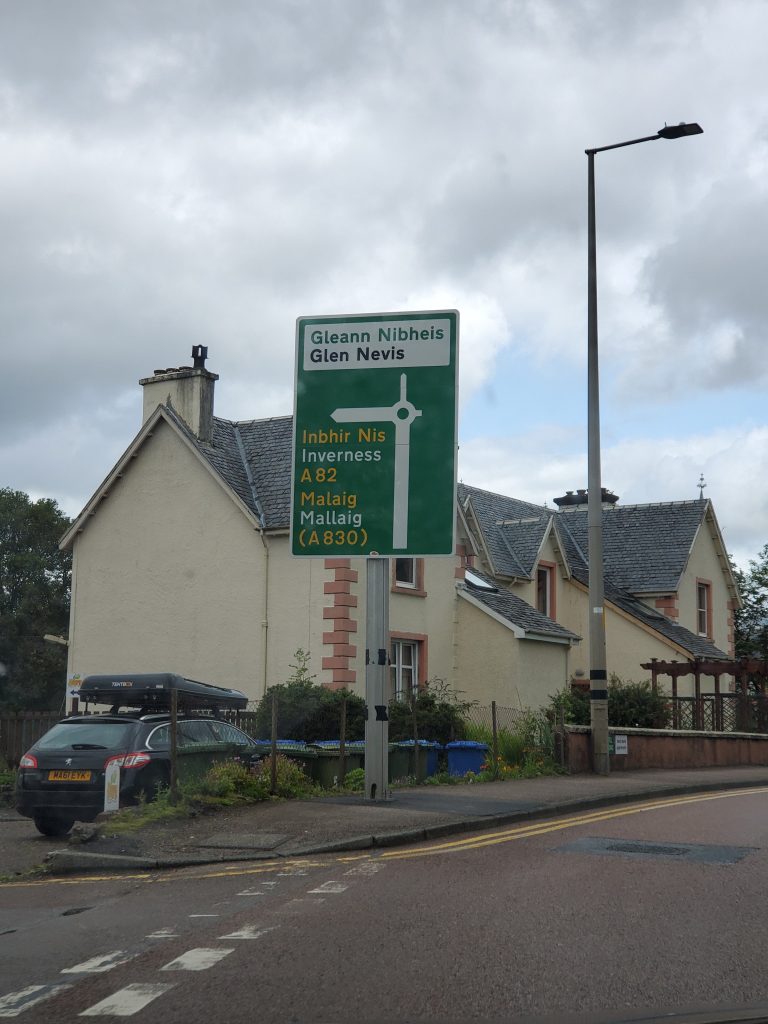
🏘️ Surrounding Communities: Glen Nevis, Corpach, and Kinlochleven
Fort William is surrounded by villages and glens that each add depth to the area’s story:
- Glen Nevis: Just minutes from town, this glen offers some of Scotland’s most spectacular hiking, including the ascent of Ben Nevis, the UK’s highest peak. The glen is also home to Steall Falls and ancient woodland trails.
- Corpach: Located at the entrance to the Caledonian Canal, Corpach was historically a shipbuilding and trading hub. Today, it’s a quiet village with views of Ben Nevis and a growing arts scene.
- Banavie: Just north of Fort William, Banavie is famous for Neptune’s Staircase, a series of eight canal locks that lift boats 64 feet. It’s a marvel of engineering and a popular spot for visitors.
- Kinlochleven: East of Fort William, this village sits at the head of Loch Leven and was once a center of aluminum production. It’s now a hub for outdoor sports and part of the West Highland Way walking route.
- Glenfinnan: West of town, Glenfinnan is where Bonnie Prince Charlie raised his standard in 1745. The Glenfinnan Monument and Viaduct (made famous by the Harry Potter films) draw thousands of visitors each year.
🚂 A Gateway to Adventure
Fort William is the terminus of the West Highland Railway, one of the most scenic rail journeys in the world. The Jacobite steam train, often referred to as the Hogwarts Express, departs from here to Mallaig, crossing the Glenfinnan Viaduct and skirting lochs and mountains along the way.
The town also serves as a base for exploring the Great Glen, the Caledonian Canal, and the Road to the Isles. Whether you’re kayaking on Loch Linnhe, hiking the Mamores, or simply soaking in the views, Fort William offers endless opportunities for exploration.
🏰 Heritage and Hospitality
Modern Fort William blends its military past with Highland hospitality. The town center features shops, pubs, and restaurants that cater to both locals and travelers. The West Highland Museum offers exhibits on clan history, Jacobite artifacts, and the town’s evolution from garrison to tourist hub.
Annual events like the Mountain Festival and Ben Nevis Race celebrate the area’s outdoor spirit, while ceilidhs and music sessions keep Gaelic culture alive.
Final Thoughts
Fort William is more than a gateway to the Highlands—it’s a living testament to Scotland’s complex history and enduring beauty. From clan battles to wartime training, from misty glens to mountain summits, the town invites you to walk in the footsteps of warriors, rebels, and dreamers.
Whether you come for the adventure or the heritage, Fort William will leave you with stories etched in stone and memories carried on the Highland wind.
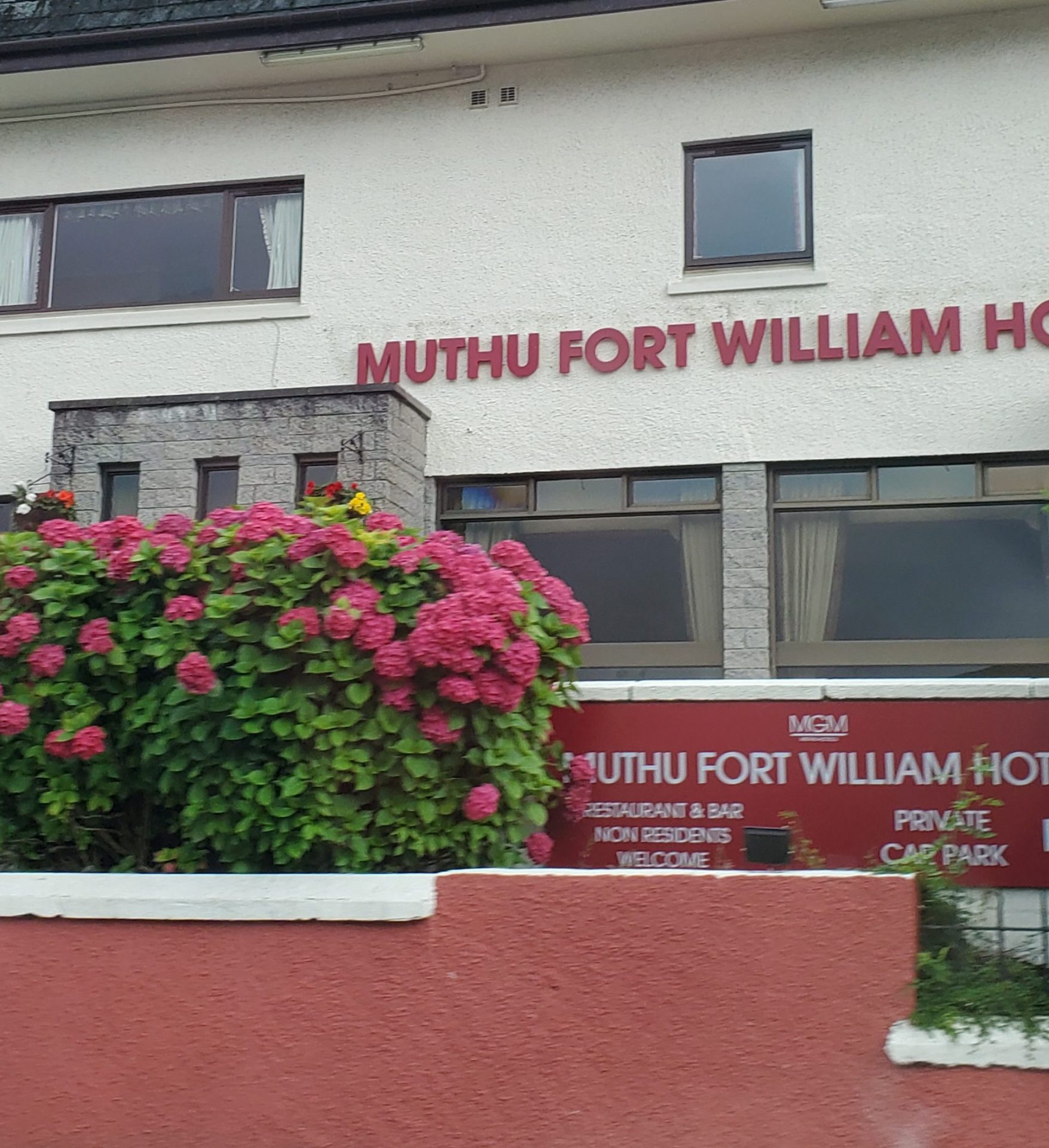

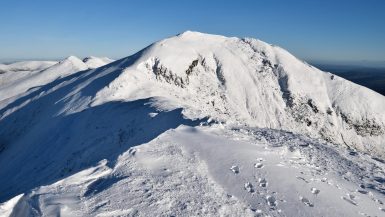
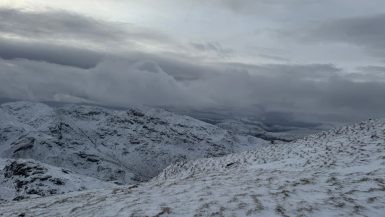
Leave a reply
You must be logged in to post a comment.